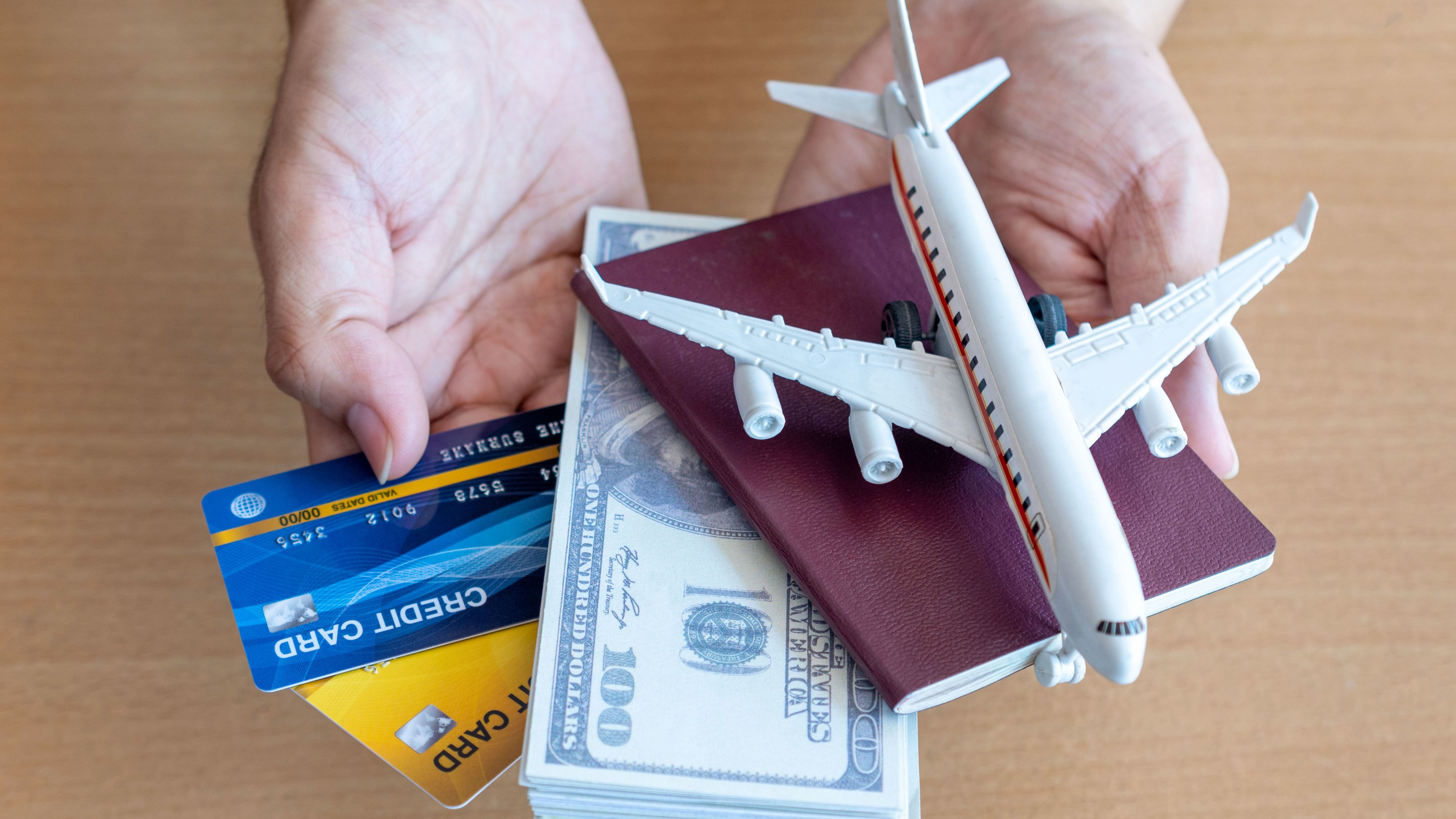The Compounding Costs of the Holidays
Rutgers–Camden professor explains the economics of celebrating the season

More than two years of lockdowns, travel bans, and other restrictions have many Americans feeling eager to gather with family and friends once again this holiday season. According to a recent PricewaterhouseCoopers report, 69% of Americans plan to travel by either car or plane over the holiday break—an increase over 2019’s pre-pandemic holiday travel levels. While seasonal spirit is running high, consumers may find themselves singing the holiday blues when faced with the rising costs of fuel, food, and gifts.
According to Rich Michelfelder, a clinical associate professor of economics and finance in the Rutgers School of Business–Camden, those flying home for the holidays this year will have to dig deep into their wallets due to several factors cutting into the national oil supply. For starters, he explained, oil refining capacity is significantly down, especially in the United States. Secondly, simmering political tensions with Russia, one of the largest oil suppliers in the world, have forced the United States to look elsewhere for fuel alternatives.

Dr. Rich Michelfelder, clinical associate professor of economics and finance for Rutgers School of Business–Camden.
Dr. Rich Michelfelder, clinical associate professor of economics and finance for Rutgers School of Business–Camden.
Michelfelder further notes that gas prices are going to rise even more around the holidays because people are traveling in record numbers. Michelfelder said oil prices will rise due to a combination of higher demand for kerosene for air travel, gasoline for automobiles, and buses that use gasoline, natural gas, or diesel fuel. These costs will be exacerbated even more due to the high volume of goods shipped during the holidays.
Getting home is only half the battle. Holiday staples, such as turkeys, eggs, and milk are selling at record-high prices.
“Although the inflation rate is 9 percent, food has risen 20 to 30 percent in the last year,” Michelfelder said.

Michelfelder explained that this spike in food prices cannot be just blamed on fuel alone; there is an extreme labor problem as well. Many companies are struggling to return workforces to pre-pandemic levels. As a result, farms, such as those that produce poultry, are cutting back on production.
“Some companies are forced to go out of business,” Michelfelder said. “It’s not because they can’t sell the goods; it’s because they don’t have the people to produce them.”
To complicate matters further, Michelfelder said, Ukraine is one of the largest wheat suppliers in the world, and wheat production has been affected by the ongoing war. “We think we are the breadbasket of the world, but we are not alone,” he said.
From food to fuel to presents arriving on time, ongoing issues with supply chains are also driving up costs. Michelfelder explained that each product can have a seemingly infinite number of supply chains contributing to its production before it is even shipped out the door via another supply chain. For example, a typical automobile has more than 30,000 parts, but those parts could come from more than 20,000 different vendors. In turn, the production of those individual parts is dependent on additional supply chains, such as electricity or natural gas.
“If you have 20,000 supply chains making parts, that number grows exponentially with each part produced,” Michelfelder said. “Any hiccup in any of those supply chains could hold up the process.”
To sum it up, Michelfelder said, the high costs of the holidays are largely due to a combination of higher energy and labor demands—with lagging supply for both—coupled with a seemingly infinite number of supply chains. “On a positive note, perhaps there’s a silver lining knowing the energy, labor, and other costs that go into our celebrations,” he said. “It could help people appreciate the holidays that much more.”

Creative Design: Beatris Santos
Photographer: Ron Downes, Jr.